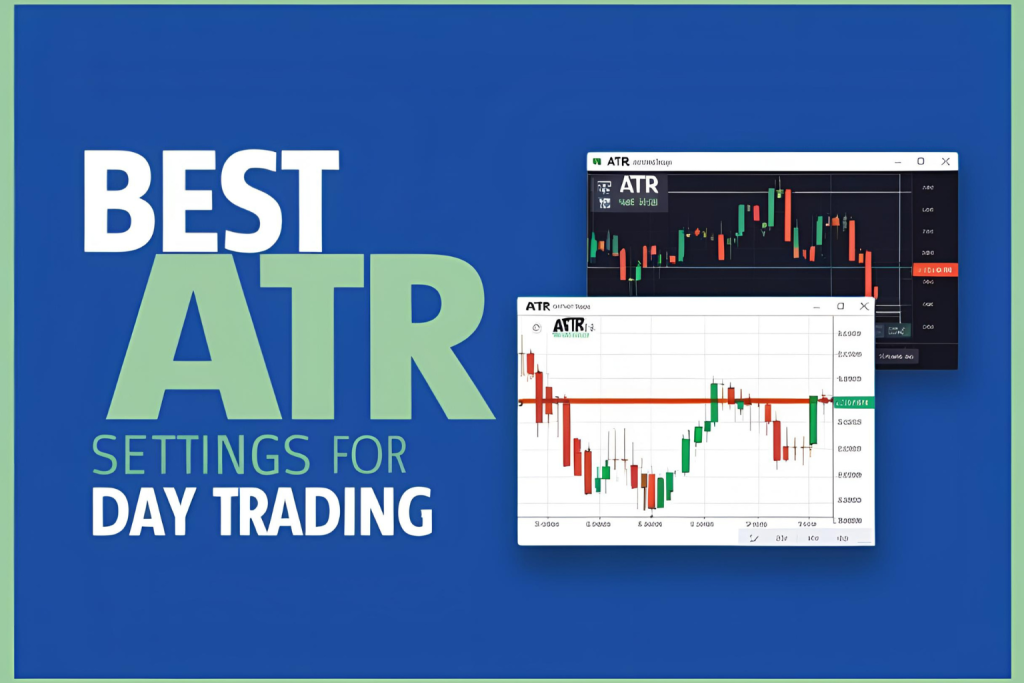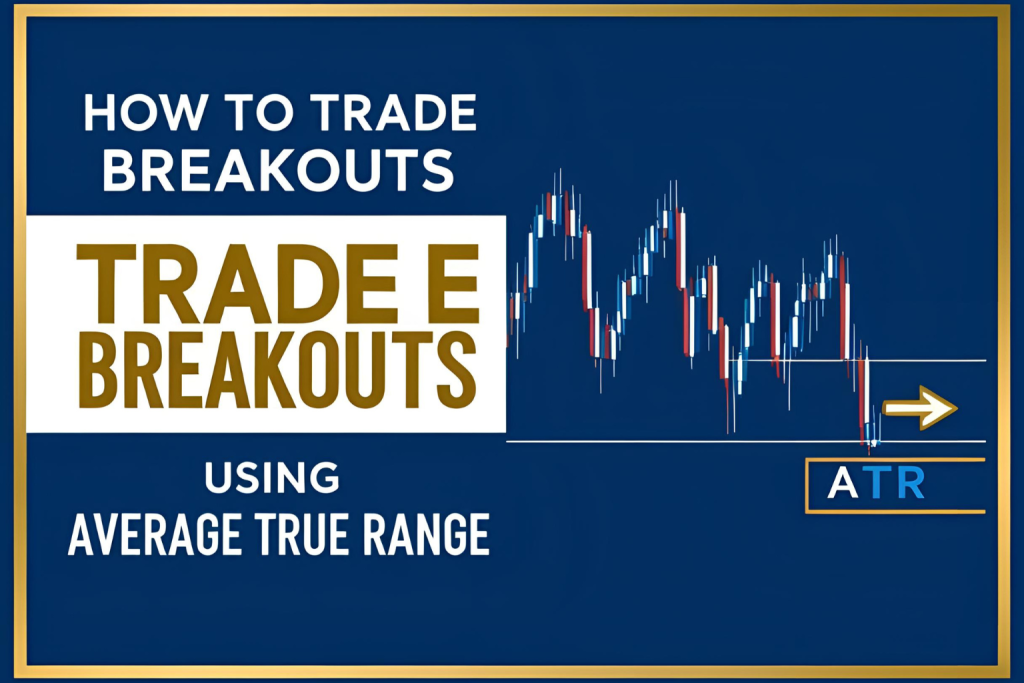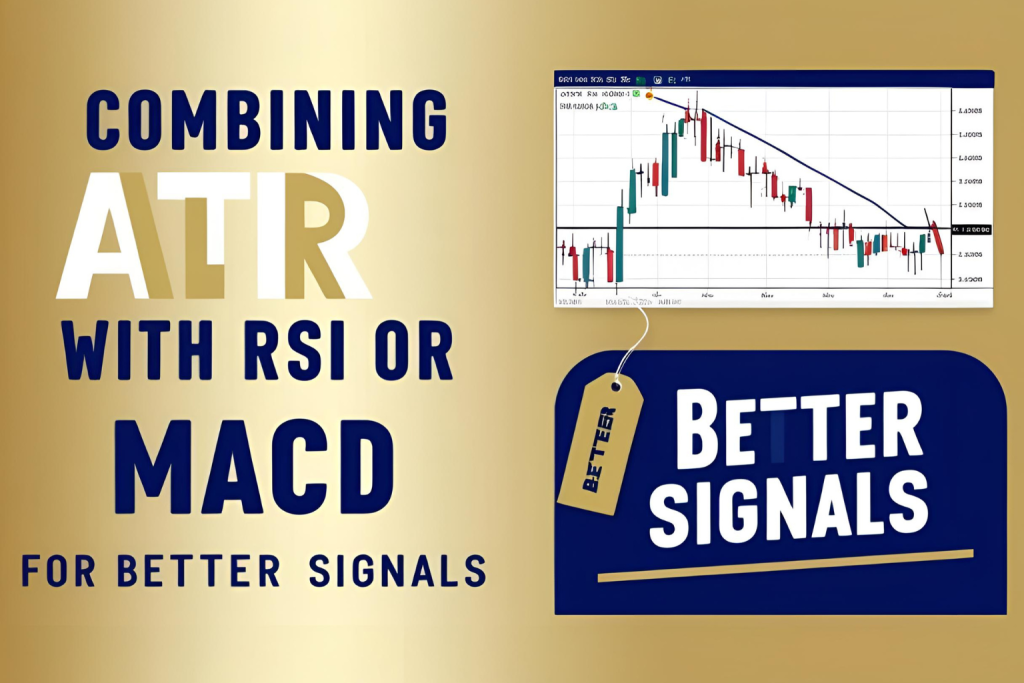Swing trading focuses on capturing price moves that unfold over several days to weeks. A great way to improve your swing trades is to use an ATR-based swing trading strategy. The Average True Range (ATR) helps you measure volatility and manage risk while riding trend moves effectively.
This guide walks you through a complete, actionable strategy that uses ATR to make smarter swing trades.
Why Use ATR in Swing Trading?
- Filters low-volatility setups
- Defines realistic stop-losses
- Adjusts position size based on risk
- Confirms breakout or pullback strength
ATR adapts to market conditions, which is crucial in swing trading where volatility can shift rapidly.
✅ Strategy Overview
| Element | Description |
|---|---|
| Timeframe | 1H, 4H, or Daily charts |
| ATR Period | 14 (default), or 10 for more sensitivity |
| Entry Type | Breakout or pullback with trend confirmation |
| Risk Management | Stop-loss based on ATR value × multiplier |
✅ Step-by-Step ATR Swing Trading Strategy
1. Identify Trend Direction
- Use moving averages (e.g., 20/50 EMA) or trendlines
- Ensure a clear uptrend or downtrend is in place
2. Wait for Pullback or Consolidation
- Look for price to retrace or pause within the trend
- Consolidation zones signal potential breakout setups
3. Confirm Volatility Using ATR
- Rising ATR = strengthening volatility (good for breakout)
- Stable ATR = ideal for tight pullbacks
- Avoid entries when ATR is falling sharply
4. Entry Trigger
- Enter when price breaks above resistance (long) or below support (short)
- Use candlestick confirmation (e.g., engulfing, breakout close)
5. Set Stop-Loss Using ATR
iniCopyEditStop-Loss = Entry – (ATR × 1.5) [for long]
Stop-Loss = Entry + (ATR × 1.5) [for short]
6. Set Target or Use ATR-Based Trailing Stop
- Target = 2× risk or more
- Or trail stop using ATR × 1.0 below each new swing low (for long trades)
Example Trade
- Asset: XYZ stock
- Timeframe: Daily
- Entry: $50 (on breakout)
- ATR(14): 1.2
- Stop: 50 – (1.2 × 1.5) = $48.20
- Target: $53.80 (risk: $1.80, reward: $3.80)
Bonus: Position Sizing with ATR
To manage risk consistently:
- Define your account risk (e.g., $100 per trade)
- Divide by ATR × position size to get number of shares
Example:
Risk = $100, ATR = 1.2, Stop = 1.8
Position size = $100 / 1.8 = ~55 shares
Final Thoughts
An ATR-based swing trading strategy allows you to trade with volatility, not against it. It gives structure to your entries, exits, and risk management while keeping you flexible in different market environments. Test it, refine it, and make it a part of your trading toolbox.
✅ FAQs
1. What is the best ATR period for swing trading?
14 is standard, but 10 works better for more sensitive setups.
2. Is this strategy suitable for forex and stocks?
Yes, ATR works across all asset classes and markets.
3. Can I use this with indicators like RSI or MACD?
Yes, use ATR to manage risk and other indicators to time entries.
4. What if ATR is too low?
Low ATR means low volatility—skip the trade or reduce size.
5. Should I trail the stop or use fixed targets?
Both work. Fixed targets offer consistency; trailing stops allow larger wins.



